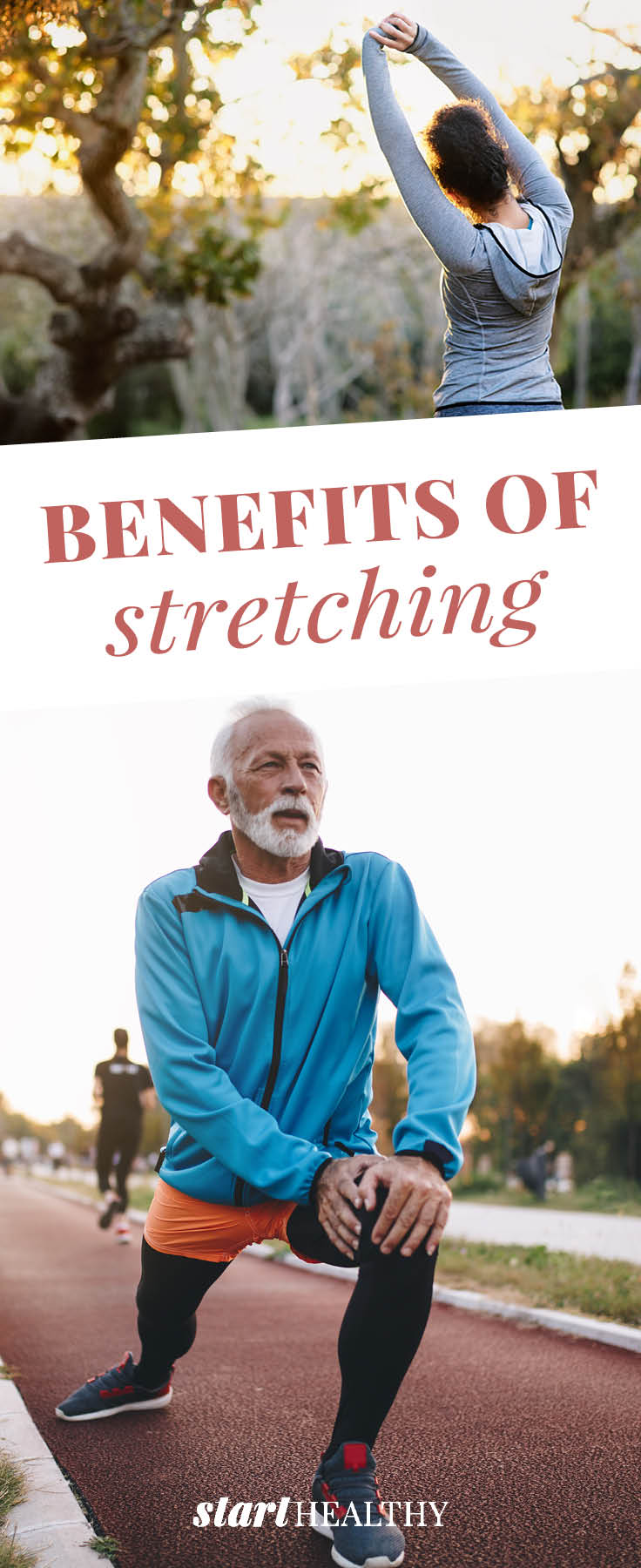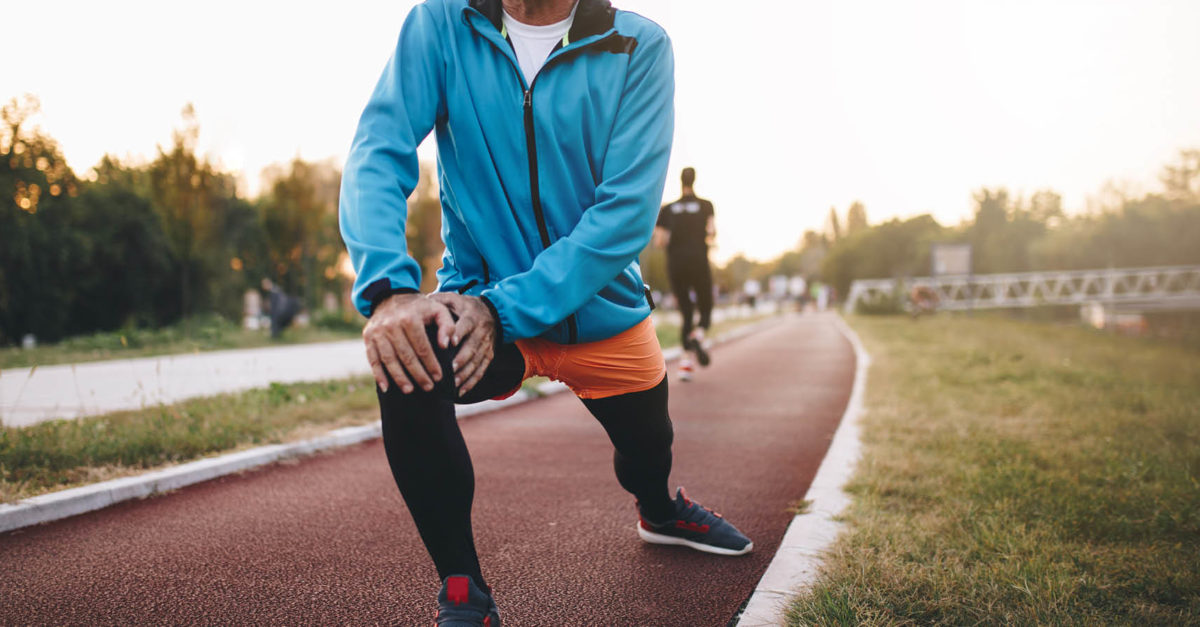A Bit of a Stretch
You constantly hear about the benefits of various workouts, such as running, HIIT, kickboxing and barre. These popular workouts make it easier to get in the American Heart Association’s recommended 150 minutes of physical activity a week. But there should also be a little more love for the before-and-after the workout—the stretch.
Growing up in a ballet studio, I learned early on how important it is to get a good stretch in before you start physical activity. My dance instructors would always leave ample time before and after class for stretching, which was usually accompanied by a monologue about how important that time was for preventing injuries. While for dancers, gymnasts, and the like, stretching is a little bit more intensive, the bottom line is that regular stretching is essential to maintaining a healthy body and mind.
Stretching has a myriad of physical benefits that range from improved balance to better muscle flexibility. These benefits complement other aspects of your workout routine and can do a lot for your overall well-being, too. As you age, it’s natural for your body to lose the flexibility you had as a kid, and, while you can’t expect to have the same amount of elasticity in your muscles forever, stretching can help you feel more agile.
Evolve Your Thinking
Body Evolved is a New York-based studio, founded by Corinne Croce and Dariusz Stankiewicz, that specializes in movement training and physical therapy. The individualized programs help those recovering from injury or surgery, and general pain management. Croce, who has a background in physical therapy, and Stankiewicz, a former professional athlete, combined their skills to create a space devoted to their clients’ wellness needs. “Regular stretching can help keep our muscles flexible, which is needed for proper movement and the health of our soft tissues,” says Croce. “We provide full-body manual therapy to restore healthy passive motion into all soft tissue and joints. You need healthy passive range to be able to properly move.”
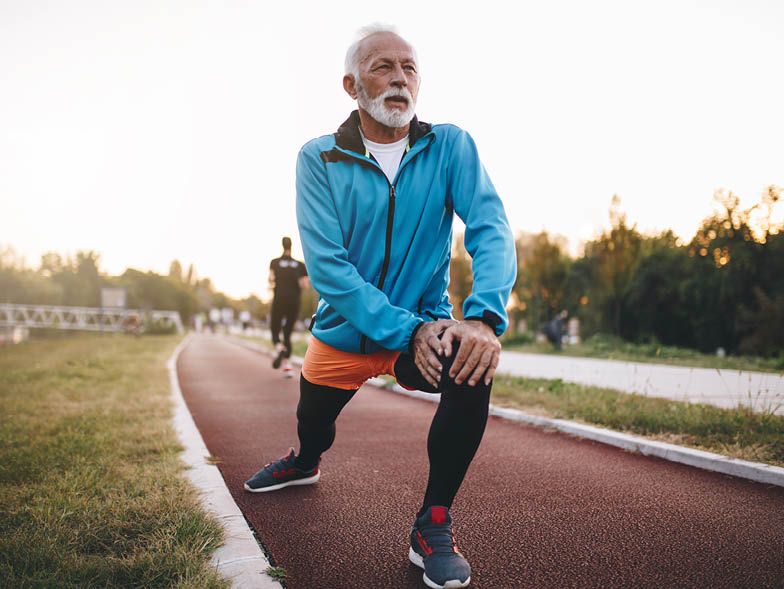
What Kind of Stretching Is for You?
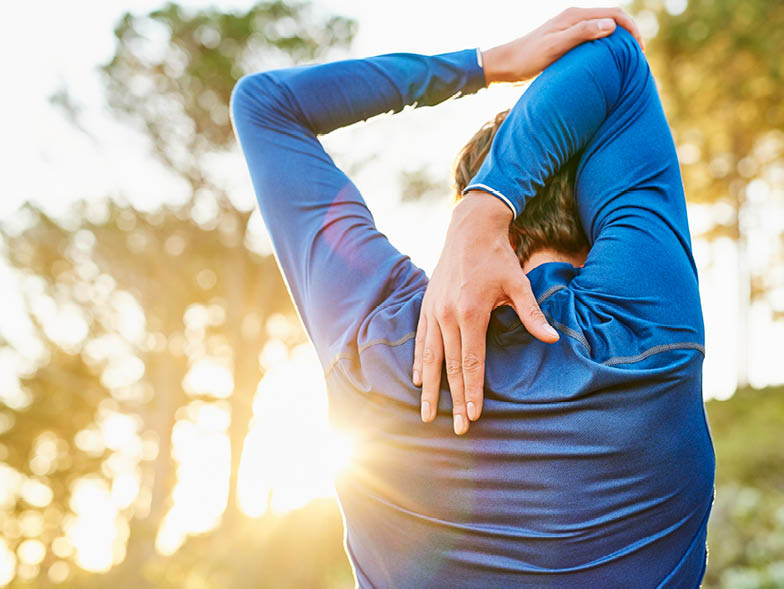
You may have been the type of child whose goal was to flatten your palms to the floor when trying to stretch your fingertips to your toes, in which case, you would have been exhibiting an example of static stretching (and not necessarily in a good way). Static and dynamic are the two main types of stretching, and each can help in a plethora of ways, depending on the type of exercise you do on a regular basis. In layman’s terms, dynamic stretching is the best method to utilize before your workout, while static stretching can help reduce the risk of injuries and therefore is considered the preferred method for post-workout recovery.
Before exercising, it’s crucial to first open up your body. Athletes—especially those who will be putting immense strain on their joints, such as runners and basketball players—will benefit greatly from this form of movement prior to physical activity. Dynamic stretching (as the name suggests) is a movement-based method and involves your joints’ full range of motion. Here are a few examples of dynamic stretching exercises:
Walking lunges: Working your glutes, hips, and abdominal muscles, a walking lunge involves lunging forward with one leg, making sure your front knee doesn’t pass your toes. Your back knee shouldn’t touch the floor, and your back should remain straight with your hands on your waist.
High kicks: Your hamstrings can easily become tight if you don’t stretch them properly, which is where high kicks come in. Whether you remain in place or walk, start by kicking out your right leg in front of you with your left arm extended, hitting the palm of your left hand with your toes.
Jump squats: This plyometric example of dynamic stretching requires force, but it can prove to be a great way to warm up your lower body. Place your feet shoulder-width apart, and start out doing a normal squat; then, with your core engaged as to land softly, jump powerfully off the ground. Make sure your shoulders don’t extend past your knees when in squat position.
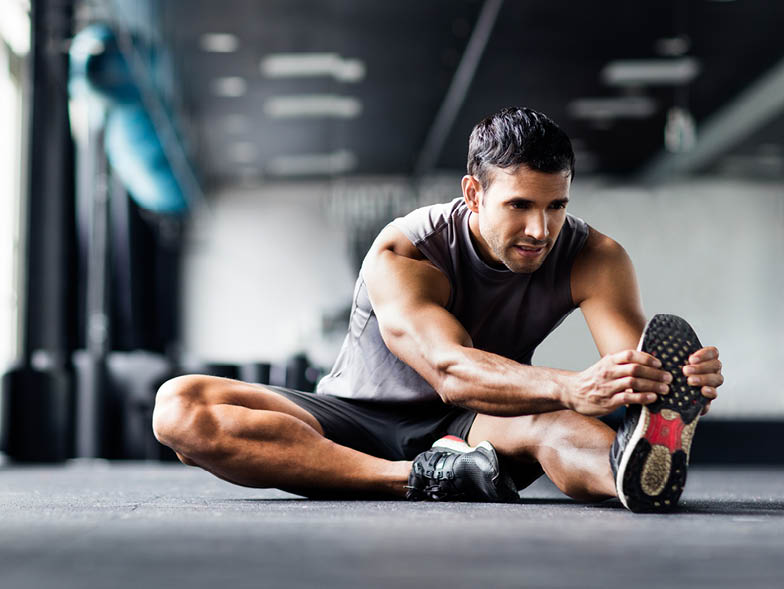
On the other hand, static stretching is focused on improving flexibility and not remaining in a constant range of motion but rather on maintaining a certain stretch for anywhere from ten to forty-five seconds. Although flexibility is an important component in proper movement and health, Croce emphasizes that overdoing it is not beneficial. “There is a fine line between healthy flexibility and too much flexibility,” she says. “People need to be cautious not to overstretch and remember to couple flexibility work with mobility.” Examples of static stretching could take form in the following exercises.
Quadriceps stretch: One of the most common forms of stretching after finishing a workout is when you hold your ankle with your hand under your glutes and remain in the standing position with your back straight. Your ankle should be in line with your hip.
Triceps stretch: Start with your right arm extended above you, then bend your elbow and let your hand fall to the center of your back. Use your left hand to lightly pull your elbow down, which will stretch your triceps muscle.
Cobra pose: This may be a little more unconventional, but it is still a vital static stretch that improves flexibility. Lie on the floor on your stomach with the tops of your feet pressed down. Press up with your hands so your torso lifts, making sure your elbows remain slightly bent and close to your body. If you can, drop your head back.
Whether warming up or recovering, both dynamic and static stretching can be beneficial to your workout routine. However, it’s important not to overdo any type of stretch. Be sure to also consult with a physician before starting any new kind of exercise, especially if you have a history of injury.
For more info, visit bodyevolvednyc.com.
